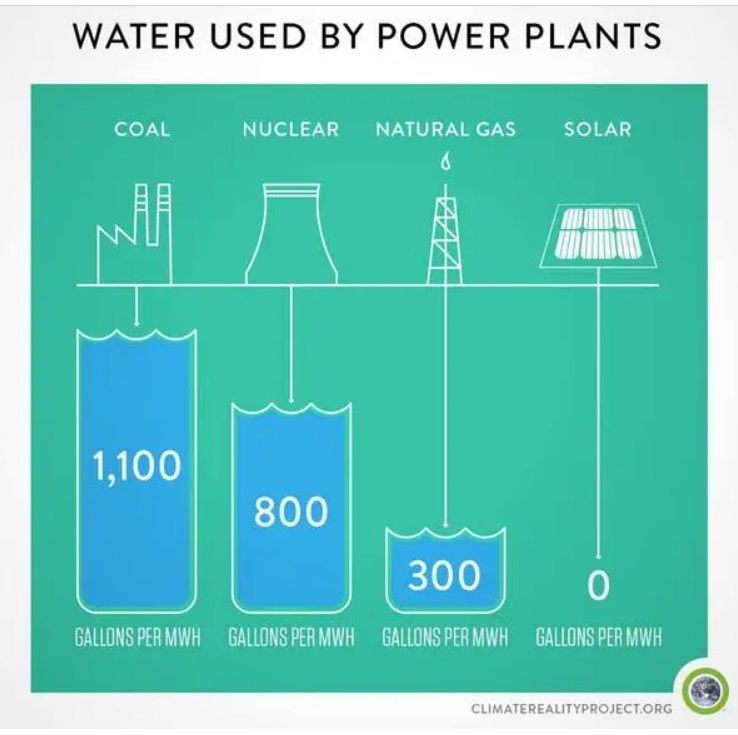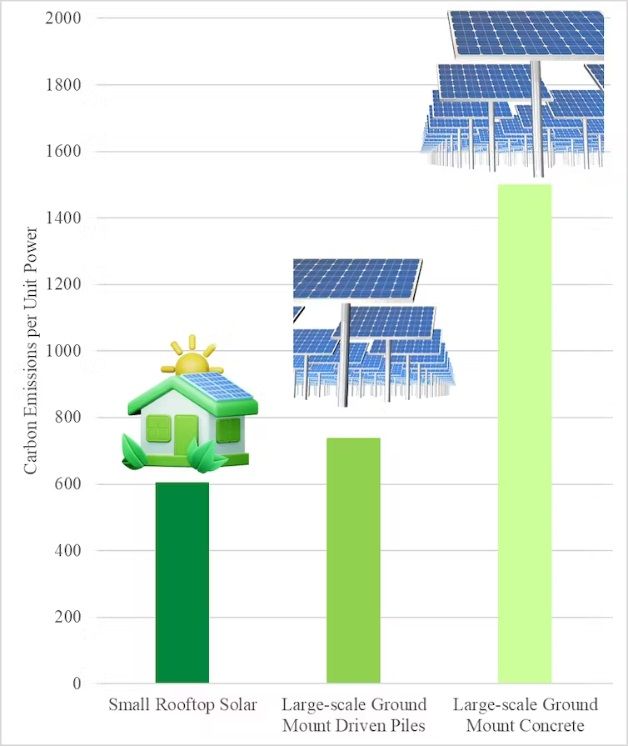
Inquiry
Optimizing Environmental Benefits: Agrivoltaics Surpass Small-Scale Solar Solutions
A study from the University of Western Ontario has revealed that small-scale solar systems are more environmentally friendly than large-scale utility solar projects. This discovery aligns with the rising trend of solar energy adoption in the United States and Canada, driven partly by its status as the most cost-effective new electricity source in many areas. Ernst & Young's report highlights that the global average levelized cost of electricity (LCOE) for solar is 29% lower than that of the most affordable fossil fuel option.
To achieve carbon neutrality and fulfill clean energy objectives, an extensive installation of solar panels is necessary. Research assessing Canada's agrivoltaic potential suggests that using just 1% of the country's agricultural land could replace all fossil fuel electricity generation. This finding raises the question, posed by the University of Western Ontario researchers, of whether the environmental impact would be more favorable with numerous small rooftop installations or a few large solar farms.
The study by Riya Roy and Joshua M. Pearce conducted a comprehensive lifecycle analysis comparing rooftop solar systems with large-scale solar PV systems. Their findings showed that rooftop systems need significantly less energy input (21% to 54% less), emit considerably fewer greenhouse gases (18% to 59% less in CO2 equivalent), and use substantially less water (1% to 12% less per kilowatt-peak) compared to their larger counterparts. This suggests that small-scale solar installations could be a more sustainable approach to solar energy expansion.
The researchers determined that the energy payback time for rooftop solar systems is significantly shorter, about 51% to 57% less, than for ground-mounted solar systems in various locations. This difference is primarily because rooftop installations don't require the same racking systems or trackers that are necessary for large-scale projects. Additionally, rooftop systems often have the advantage of being closer to existing transmission lines. In contrast, utility-scale solar installations frequently require additional lines to be installed or have to compensate for energy losses due to long-distance transmission.
The study found that the carbon dioxide payback time for ground-mounted, large-scale solar installations is substantially longer, ranging from 378% to 428% more, compared to rooftop solar installations using the same modules.
The research indicates that while small, rooftop installations are more environmentally friendly, a combination of both small and large-scale solar systems is necessary. This is due to the insufficient number of rooftops to fulfill the total electrification needs, especially considering the demands of heating and transportation. Agrivoltaics, which integrates energy generation with food production, presents a beneficial dual-use solution, as highlighted by the study's authors.
Our expert will reach you out if you have any questions!


